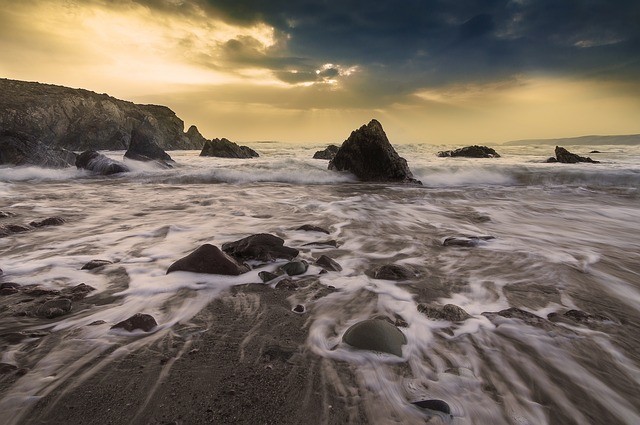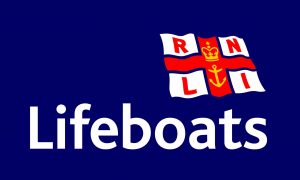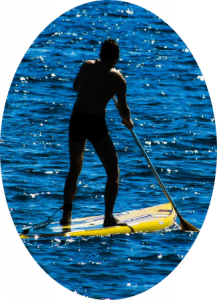Know about tides

Tidal cut-off
Swimming and other watersports aren’t the only ways that people get into trouble at the beach. Getting cut off by the tide also contributes to a significant number of RNLI rescues every year.
Because tide times and heights vary throughout the month, a beach that was clear yesterday at 5pm might be completely covered in sea at the same time today.
Tides have a reputation for being unpredictable, but really they follow a timetable more reliable than most trains! There are two different types: spring and neap.
Spring tides have greater depth range between high and low water, so at high tide the water comes in further up the beach.
Neap tides have less variation, so at high tide the water won’t come in as far.

Check the tide conditions and your surroundings
The UK and Ireland have some of the biggest tidal ranges in the world.
To avoid getting cut off by the tide:
- Before you head out, make sure it’s safe. Check the tide tables.
- While you’re out, be aware of your surroundings and the tide’s direction.
A beach can seem like a vast playground but the tide can come in surprisingly quickly.
As the tide moves up and down the beach, the depth of the water changes throughout the day, sometimes by as much as 10 metres.
As the tide comes in, simply walking further up the beach and away to safety might not be an option.
If you’ve walked round to another cove at low tide, or walked around an outcrop of rocks, the water can soon block your way back as the tide turns. If the cove you’re in doesn’t have steps or access of its own, you could be in trouble.
Don’t get cut off by the tide, check them
You can find out more information about tides in your area through tide tables, apps, weather news or local websites.
You can also get local tidal information from the Harbour Master, tourist information centre and some seaside retail outlets.
-
- Check forecasts at RNLI lifeguarded beaches.
- Find tide tables and surf reports for the UK and Ireland at metoffice.gov.uk.












